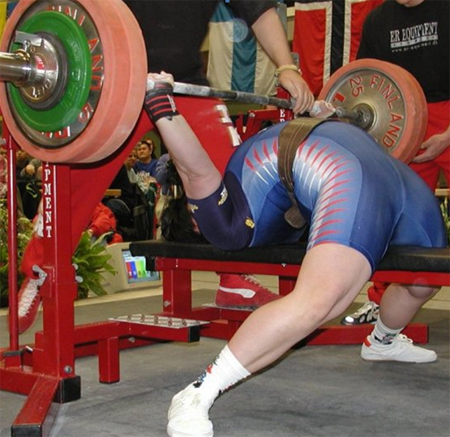
Q: Coach DeFranco – I’ve read about your history with back surgeries so I was hoping you can help me out. My low back kills me during my bench set up. (I try to get a nice arch in order to shorten the range of motion). This pain lasts throughout the workout and even into my squat workout – which is 2 days later! I guess my question is: how important is an arch while benching? Anything you can suggest to help remedy this problem? Your time and expertise is much appreciated.
Patrick
A: Patrick,
I must preface my answer by suggesting you see a doctor and get an MRI if your back pain is a chronic issue. (Coming from someone who has lived with major back pain for the past 21 years, I can’t stress how important it is to take care of your back pain before it turns into a serious issue. My back problem(s) were not preventable; if your pain is preventable/treatable – make sure you address the problem now – before you do more damage. Living with chronic low back pain sucks!
Now that I got my disclaimer out of the way, here’s my advice regarding your problem.
I do NOT teach any of my athletes to set up on the bench with a huge low back arch. Unless you’re a powerlifter; I don’t feel the stress on the lumbar spine is worth the “reward” of decreasing the range of motion a few inches. And before all the “hardcore” lifters start calling me a pussy, please remember that my clientelle consists of non-powerlifting athletes…many of whom have scholarships or multi-million dollar contracts on the line. (You can check out my updated Pro Client list and then tell me if you think the risk is worth the reward for my athletes.)
Here are my four “Quick Fixes” to reducing damage to the low-back and preventing pain while benching:
QUICK FIX #1 – Perform some type of soft-tissue work on the hip flexors before you bench
Improving the soft tissue quality and length of your hip flexors will drastically reduce low-back pain while you’re on the bench. This is because – after your soft tissue work – the hip flexors will have less tension, which reduces their “pull” on your spine. This makes it much more comfortable when you extend at the hips to place your feet on the floor.
Many people will warm-up their shoulders and upper body before benching, but few address the lower body. Doing so will have an immediate impact on how you feel.
My favorite “cure” for hip flexor tightness/pain is Kelly Starrett’s “Psoas Smash & Floss” (using a kettlebell & lacrosse ball). It’s quite uncomfortable, but it works BIGTIME. When done correctly, most of my athletes report a 50-90% reduction in low-back pain and tightness immediately.
Here’s a video that demonstrates the technique:
You can fast-forward to 3:00 into the video if you’re impatient and you just want to get right to the “good stuff”…
After you “smash & floss” the psoas, I recommend performing your favorite hip flexor stretch for 1-2 sets of 15-20sec.
QUICK FIX #2 – Focus on “arching” your Upper Back instead of your Lower Back
When I refer to an upper back arch, I’m referring to squeezing your shoulder blades together, then pulling them slightly down towards your hips.
*I cue my athletes to grab the barbell and then perform an isometric “row”. (Basically, they’re retracting their shoulder blades as they pull down on the barbell.) Next, they will slide their shoulder blades down towards their hips. This brings their chest up so they are not completely flat on the bench.
I suggest keeping the natural curve in your low back without attempting to “over-arch”.
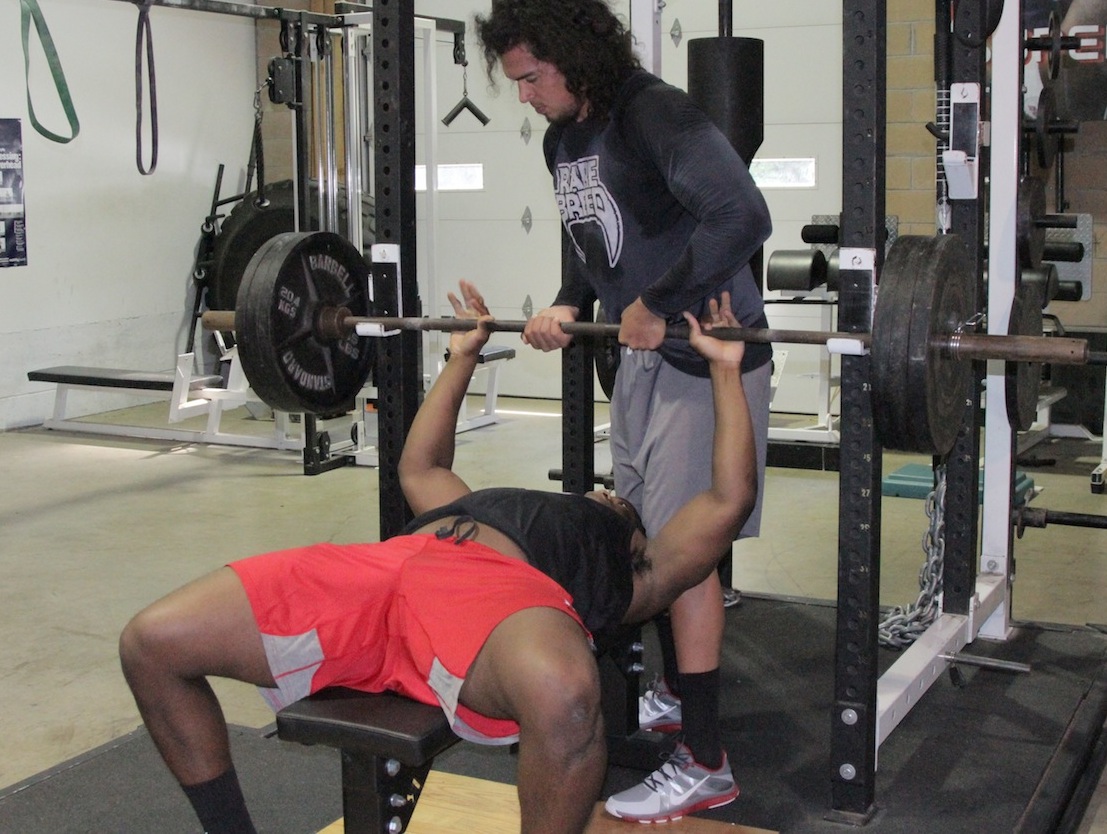
QUICK FIX #3 – Squeeze your glutes!

Nothing protects your spine better than squeezing your glutes while benching…(or during any lift for that matter)!
If you’re pressing submaximal weights for higher reps, the “squeeze” doesn’t have to be as intense (yet you should still be contracting them throughout the set). On the other hand, if you’re attempting a max-effort lift, squeeze those glutes like you’re trying to crush a quarter between your butt cheeks! Your lumbar spine will thank you the next day, trust me.
QUICK FIX #4 – Place some plates or mats under your feet
“Raising the floor” under your feet prevents you from going into extreme lumbar extension while on the bench. (This is especially helpful for people with short legs.) This will also help with your leg drive.
NOTE: I recommend placing the feet directly under your knees – or slightly behind – while benching. Placing your feet way behind your knees forces you into lumbar hyperextension. Again, unless you’re a competitive powerlifter, the risks out-weigh the “reward” of this type of set up.
*Here’s a video of me benching 405 after using the four “quick fixes” mentioned above…
Hopefully the information provided in this blog post will enable athletes around the world to still bench big, without causing unnecessary structural damage to the oh-so-fragile lumbar spine. Don’t forget to let me know what you thought of this blog post by dropping me a comment below.
-Joe D.
P.S. For those of you who asked if I’d be re-stocking our new #SummerOfSavages tees… The answer is, “Yes!” I had a feeling they’d go fast, but I didn’t anticipate selling them out in one day! The new batch should be arriving in about a week, so keep checking my STORE page so you don’t miss out, again 🙂 As always, I truly appreciate all your support. Thank you.
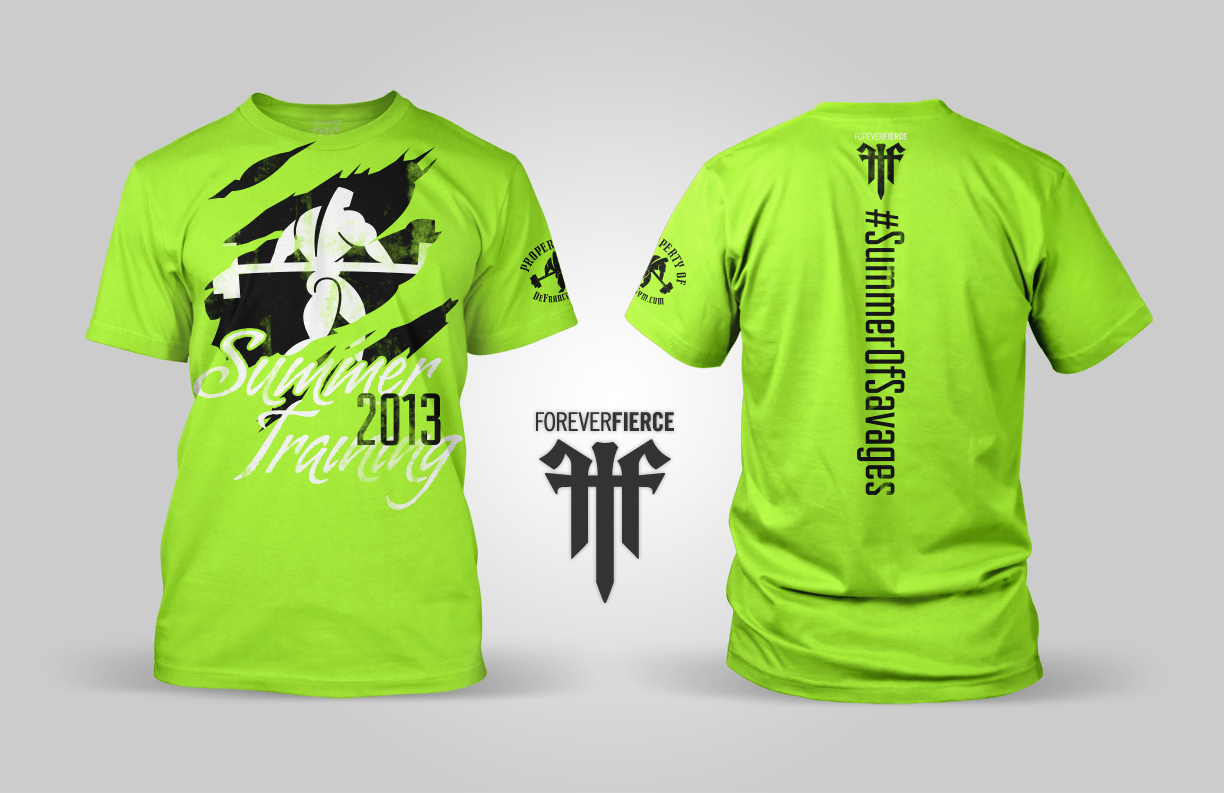
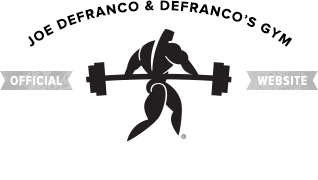




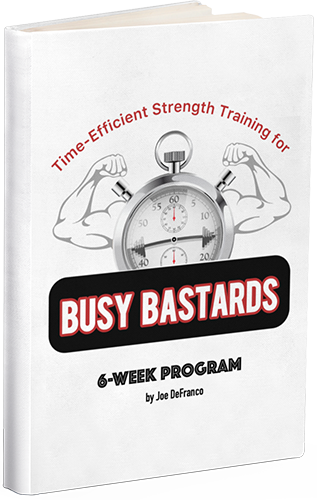
Hello is there a working link for the videos?
Can A Strong Core Reduce… Even Eliminate Your Joint Pain?
You may have heard that a strong core is important for physical fitness.
Unfortunately, what you’ve heard probably starts and stops with your abs, so you get a “sexy,” ripped” six-pack. That practically guarantees joint pain.
Why?
If your core is weak, your joints compensate by bearing weight that your muscles can’t. Then target one muscle in particular and all the other weak muscles compensate, stressing your joints even more.
Sooner, rather than later, that stress leads to joint pain in a vicious, downward spiral.
What you probably haven’t heard is how a strong core can protect your joints, even end joint pain at the source.
Because your core is a system of 29 pairs of muscles.
But until now, this knowledge has been the exclusive professional secret of the very best sports doctors and physical therapists working for professional sports teams.
Most of us just don’t have access to doctors and physical therapists who know how to teach you to engage, activate and above all, balance your core muscles.
Quickly, without expensive equipment, complicated protocols, or spending several hours a day in physical therapy.
Until now, thanks to former NBA pro and chronic joint pain relief expert Jonathan Bender. Who has a gift for making the complicated. Simple and easy.
If you don’t want to suffer from joint pain any longer… or you want to escape it altogether, click to read “5 Ways Your Core Protects Your Joints.”
It’s already improving my life. I think it can do the same for you.
I can not do bench press, because I have back pain when I lie flat on my back, I can do incline press, but not bench press, what could be wrong.
I’m a 51 year old male and have been lifting for over 25 years. During that time I developed a herniated disk L3 L4. I believe it was due to years of heavy squatting. I quit that years ago. Today, my back will hurt occasionally but the pain would stay on the lower back. Recently, the pain would go down my leg. After a couple of epideral shots the pain went away. I don’t know if the way I bench press triggers it or not. My last few workouts I’ve tried to keep my back flat on the bench. If I use your technique and have a little arch, will I be able to bench okay?
I think heavy weights are deadly for tall men. I would say stocky men are natrual lifters we all want to be that type. Tall men are back are too long at risk of serious injury. Damaged disc can lead to paralasis in lower body if the bulge pushes on nerves. Be careful for f…… sake
I think push up better at different angels . If higher shoulders can get worked out. Or use a seat bench place the strain into the back of the seat so your back does not take it all
I injured by back doing deadly dangerous sqats. Im going for pull ups when a bit more recovered.
I think addicts went from drugs and to the gym so we should be careful not to follow thier lead.
I am slim but built up still slim learning to love what I am big arms little arms
Be careful. I think pull up bar could be safer. Id say up to 39 tame down the weight amount. Think of your long term health.
Love and er Light to you all